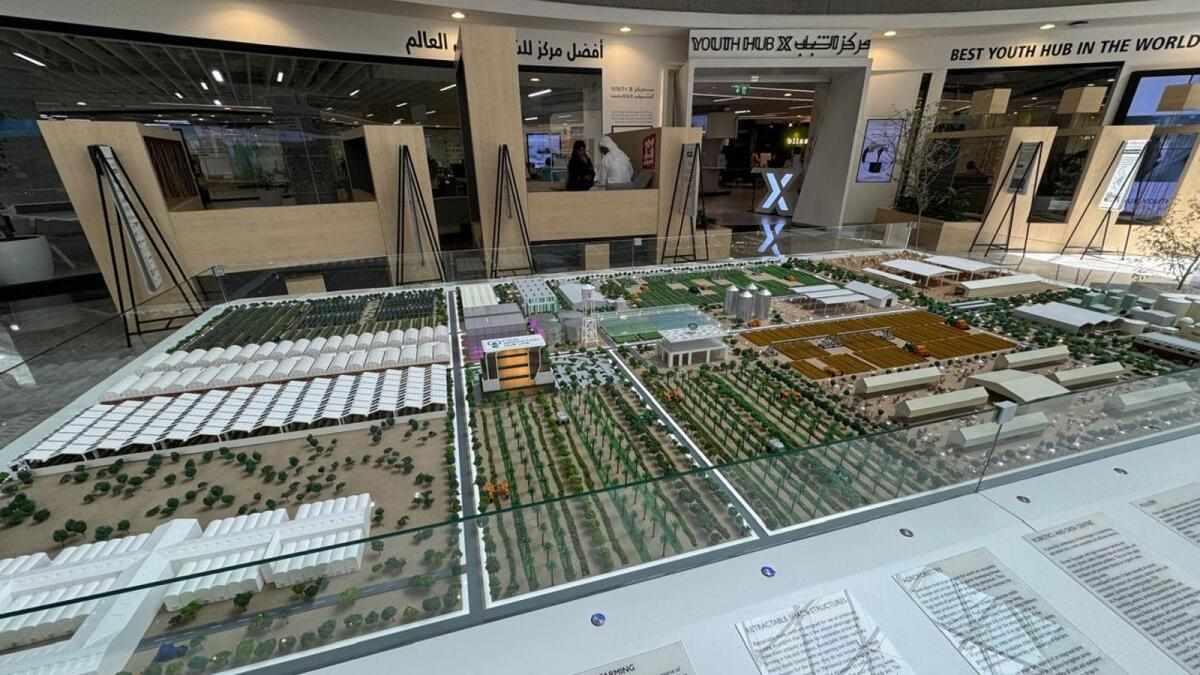Tabuk’s Ramadan table has a flavor all its own
- Date: 29-Apr-2021
- Source: Arab News
- Sector:Agriculture
- Country:Saudi Arabia
Tabuk’s Ramadan table has a flavor all its own
JEDDAH: A history of civilizations stretching back thousands of years, along with a distinctive landscape and terrain, have left the Tabuk region in Saudi Arabia's northwest with a host of popular dishes that are central to its everyday culture. But during the holy month many dishes take on a special significance as residents of Tabuk, its governorates and centers prepare the Ramadan table with iftar and suhoor meals, such as mjallah or khamiaa, a saj dough made from wheat. The dough is cut once ready and has ghee or olive oil, milk and honey added. Maqtouta is another dish also known as mouqalqal or hamis, while mansaf are dishes made of meat or chicken with rice and bread, and served for sahoor. The Ramadan table in Tabuk also contains a grain soup. Wheat is soaked overnight, then water is added, along with meat and onions. Special spices or herbs, such is black pepper and Artemisia argentea, can be added, then water is gradually added while constantly stirring. When the grain is cooked, some families add milk to increase the soup's nutritional value. The mix is then stirred and served. Lentil soup, another favorite, is prepared by pouring water over the























